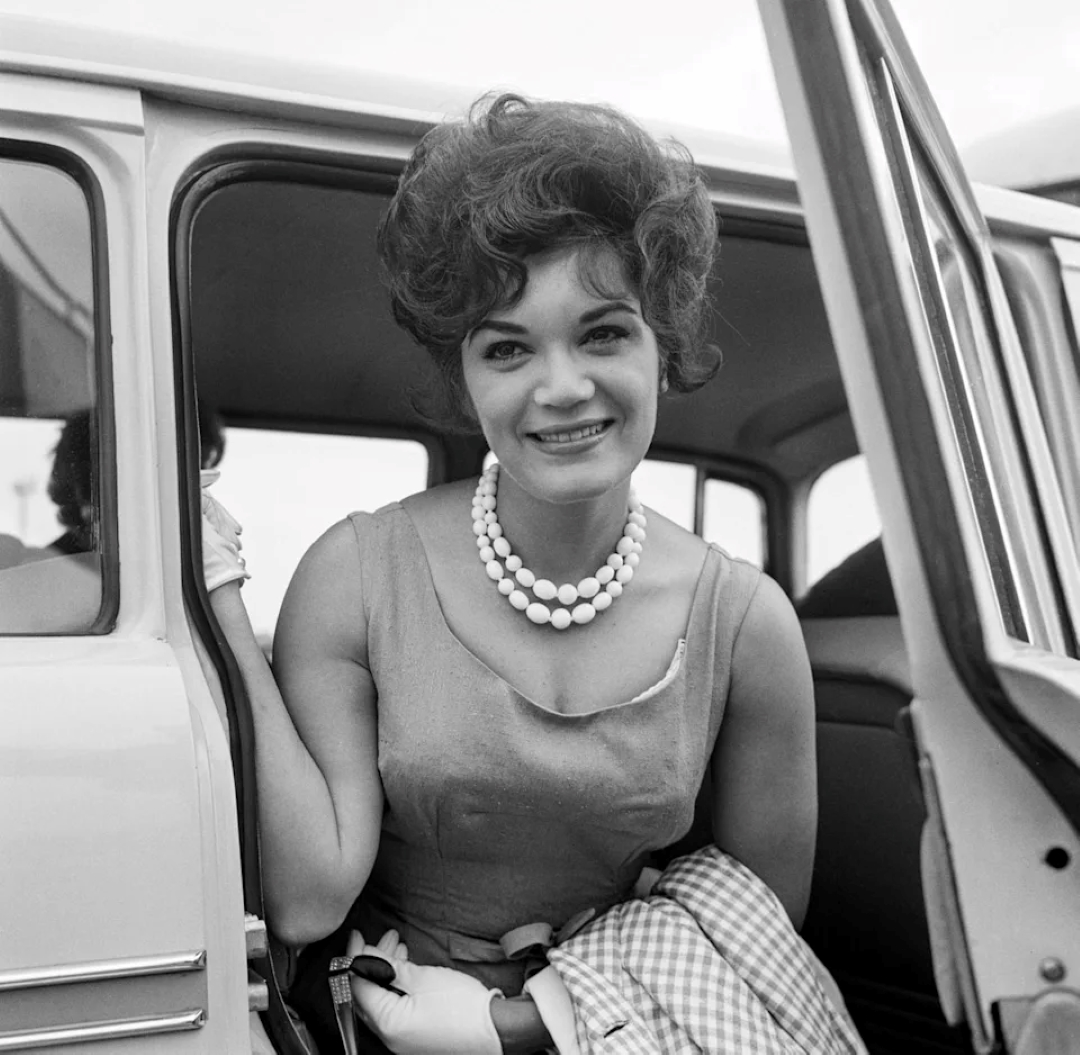The Heartbreak Behind Connie Francis’ Disappearance from Music in the 1970s
In the golden age of American pop, there was a voice that transcended radio waves and wrapped itself around the hearts of millions. Connie Francis, born Concetta Rosa Maria Franconero, was more than just a singer—she was America’s sweetheart. From “Who’s Sorry Now” to “Where the Boys Are,” she became a defining sound of the late ’50s and early ’60s. But as the 1970s arrived, Connie’s voice began to fade from the public ear—not because she lost her talent, but because life delivered a series of devastating blows that would silence even the strongest spirits.

At the height of her fame in the early ’60s, Connie Francis was unstoppable. Her records topped the charts not only in the U.S. but also abroad, and she became one of the first female pop singers to enjoy international success. She starred in movies, performed in sold-out concerts, and even sang in multiple languages. The world adored her.
But by the mid-1970s, Connie had all but vanished from the music industry. Fans were left wondering: What happened to Connie Francis?
The answer is a complex, heartbreaking story of trauma, loss, and a fight for survival.
In 1974, Francis was the victim of a brutal assault in a Howard Johnson’s motel in Westbury, New York. She had just finished a performance and was staying overnight when she was attacked and raped at knifepoint by an intruder who had broken into her room through a window with a broken lock. The incident devastated her physically, emotionally, and mentally. For someone who had spent her life projecting strength, glamour, and happiness, the trauma was unbearable.
The assault not only left deep psychological scars but also sparked a long legal battle. Connie sued the hotel chain for negligence and won a $2.5 million settlement—then one of the largest in U.S. history for such a case. But no amount of money could restore her sense of safety, nor erase the pain. The public didn’t know the full details until years later. For a long time, there was only silence from Connie—and a growing mystery around her absence.
But the trauma didn’t stop there.
Just a few years later, in 1981, Connie’s beloved brother, George Franconero Jr., was shot and killed by mafia figures in a case still shrouded in mystery. George had been her rock through the years—her manager, confidant, and best friend. Losing him broke her spirit even further. “After George died,” Connie once said, “I just gave up. I didn’t care if I lived or died.”
Depression began to consume her. She was hospitalized multiple times and diagnosed with manic depression, now known as bipolar disorder. There were suicide attempts, breakdowns, and long absences from public view. The same woman who once sang about teenage heartbreaks now knew real heartbreak in its rawest, most devastating form.
Yet through all of it, Connie Francis never lost her fight.
In the late 1980s and early ’90s, she began making a quiet return to the spotlight. She spoke publicly about mental illness, trauma, and survival at a time when few celebrities dared to do so. She even recorded new music and performed again, albeit on a smaller scale.
Her 1989 autobiography, Who’s Sorry Now?, revealed the truth behind the headlines and gossip—a raw, honest look at a woman who had been to the darkest places and clawed her way back.
What makes Connie Francis’ story so haunting is not just the tragedies she endured, but the strength with which she carried them. She could have chosen to disappear forever, to let the past swallow her. But instead, she stood tall, her voice a little softer perhaps, but filled with even more soul.
The next time you hear “Where the Boys Are,” listen a little closer. Beneath the innocence of the melody lies a life that knew unimaginable pain, and yet, refused to be defined by it.